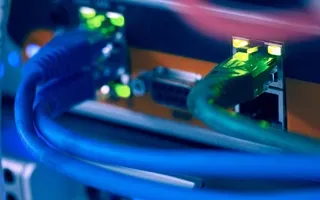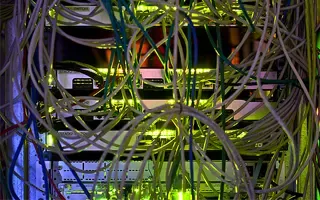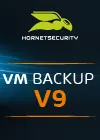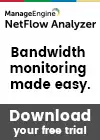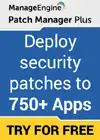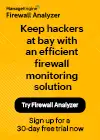Suggested Articles:
Subnetting
IP Subnetting - Part 4: Routing Between Subnets
Routing and Communication between subnets is the main topic here. This article analyses communications between subnets. We provide examples on diff...
TCP - UDP Protocol Analysis
TCP Header Anaylsis - Section 7: TCP Data Paylo...
Finally, the last page of our incredible TCP Analysis. As most of you would expect, this section is dedicated to the DATA section that follows the ...
Network Address Translation - NAT
Static NAT - Part 2
The previous page (Static NAT - Part 1) helped us understand what exactly happens with Static NAT and how it works, and we saw a few examples of ho...
Ethernet Protocol, CSMA/CD, Collisions
The IEEE 802.3 SNAP Frame Format
While the original 802.3 specification worked well, the IEEE realized that some upper layer protocols required an Ethertype to work properly. For e...
Featured Subcategories:
Netflow Articles:

Netflow: Monitor Bandwidth & Network Utilizatio...
Monitoring network traffic & bandwidth usage via Netflow is mandatory for any type and size network. Gaining visibility into user traffic, appl...
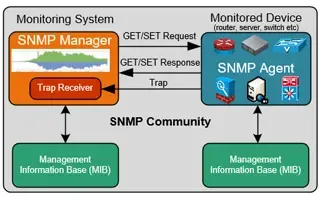
Netflow vs SNMP. Two Different Approaches to Ne...
SNMP (Simple Network Management Protocol) and Netflow are both popular protocols with admins, prized for their ability to give visibility over the ...
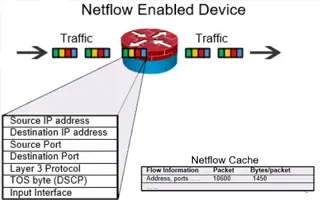
Complete Guide to Netflow: How Netflow & its Co...
This article will cover the basics of Netflow, including its use cases, Netflow supported devices, Netflow history, and variants. We’ll also dive i...
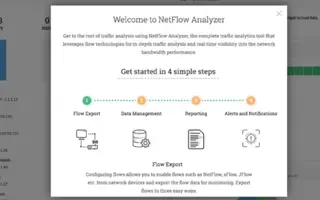
NetFlow Analyzer: Free Download, Step-by-Step I...
In our previous article we explained how a Netflow Analyzer can help you gain visibility into your user traffic, application traffic and data flows...
Your IP address:
3.139.85.206
Wi-Fi Key Generator
Follow Firewall.cx
Cisco Password Crack
Decrypt Cisco Type-7 Passwords on the fly!
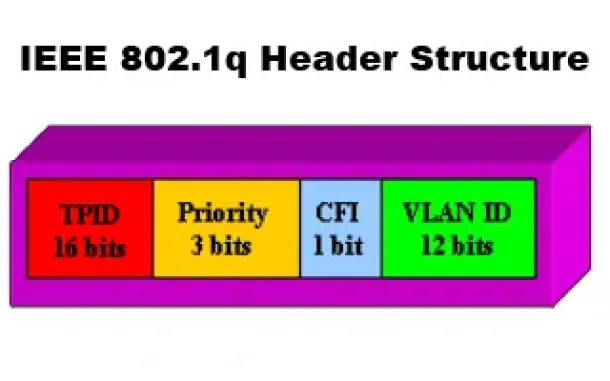
VLAN Networks
VLANs - IEEE 802.1q Trunk Link Protocol Analysis
While the VLAN Tagging article briefly covered the IEEE 802.1q protocol this article will continue building upon it by further analyzing the IEEE 802.1q...
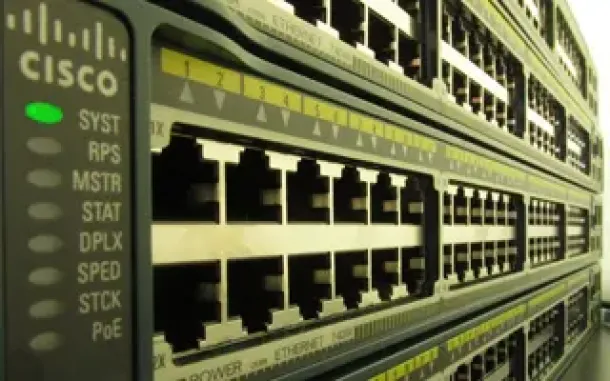
VLAN Networks
VLAN Security - Making the Most of VLANs
It's easy to see why virtual LANs have become extremely popular on networks of all sizes. In practical terms, multiple VLANs are pretty much the same as...
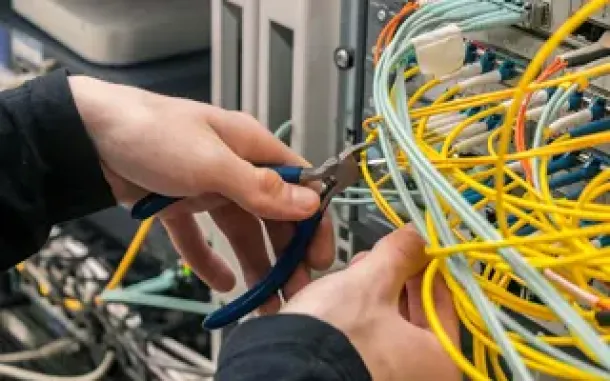
VLAN Networks
VTP Pruning
VTP (VLAN Trunking Protocol) pruning is a feature that is used in Cisco switches to reduce unnecessary traffic in VLAN (Virtual Local Area Network) trun...

VLAN Networks
InterVLAN Routing - Routing between VLAN Networks
This article deals with the popular topic of InterVLAN routing, which is used to allow routing & communication between VLAN networks. Our article an...
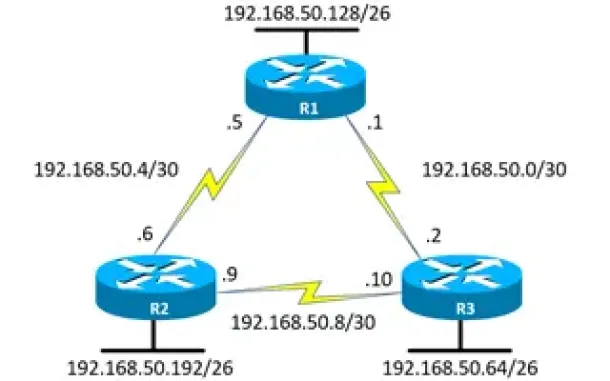
Routing
Enhanced Interior Gateway Routing Protocol - EIGRP
Enhanced Interior Gateway Routing Protocol (EIGRP), similar to IGRP, is a Cisco proprietary routing protocol that is used to exchange routing informatio...
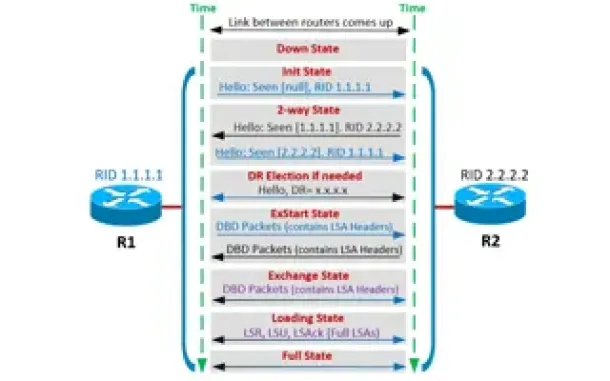
Routing
OSPF - Part 4: OSPF Neighbor States – OSPF Neighbor ...
This is the third article of our OSPF series which analyzes the different OSPF States routers go through during the OSPF discovery and neighbor forming ...
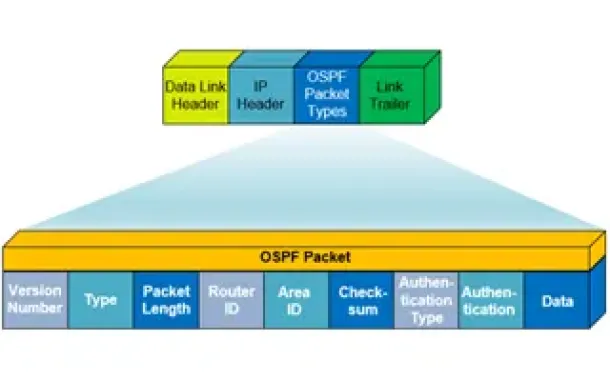
Routing
OSPF - Part 1: Introduction, OSPF Packet Structure, ...
Open Shortest Path First (OSPF) is a popular routing protocol developed for Internet Protocol (IP) networks by the Interior Gateway Protocol (IGP) worki...
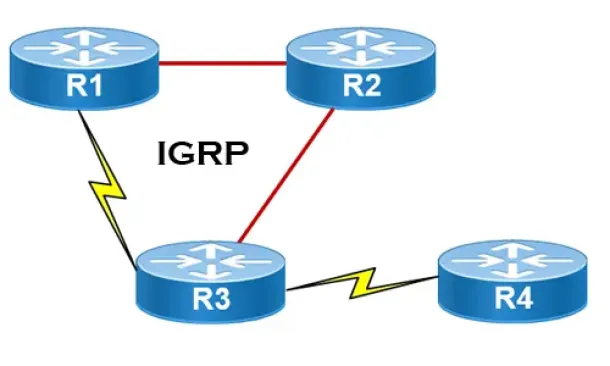
Routing
Interior Gateway Protocol - IGRP
IGRP (Interior Gateway Routing Protocol) is a Cisco proprietary distance-vector routing protocol used in enterprise networks to exchange routing informa...
Virtualization & VM Backup
6 Key Areas to Consider When Selecting a VM Backup S...
Backup and Disaster recovery are core considerations for any business with an IT footprint, whether that is on-premises or in the cloud.
Your business ...
Cisco Routers
How To Fix Cisco Configuration Professional (CCP) Di...
Cisco Configuration Professional (CCP) is Cisco’s latest GUI administration tool used to administer Cisco routers. CCP is basically the next step up fro...
Windows Servers
Active Directory Tombstone Lifetime Modification
Tombstone is a container object that contains the deleted objects from Active Directory. Actually when an object is deleted from Active Directory, it is...
Windows Servers
How to Install Windows 2012 Hyper-V via Server Manag...
Our previous article covered the basic concepts of Virtualization and Windows Server 2012 Hyper-V. This article takes a closer look at Microsoft’s...







